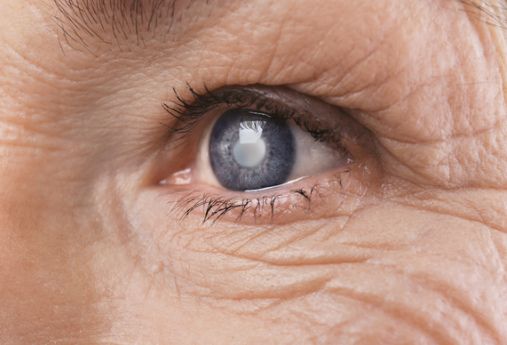A group of eye conditions that causes damage to the optic nerves can be termed as glaucoma. Usually, the damage is caused due to high pressure in the eye. Glaucoma can cause permanent and irreversible loss of vision. Hence, it is also known as the ‘Silent Thief of Vision.’
Types of glaucoma
Glaucoma can be classified into three types that are:
1.Congenital or developmental glaucoma - a group of varied disordersHigh intraocular pressure is caused due to developmental abnormalities of the angle of the anterior chamber that obstructs the drainage of aqueous humor.
2.Open-angle glaucoma - one of the common forms of glaucoma. There will be a slow increase of pressure in the eye that leads to loss of vision. The drainage angle that is formed by the cornea and iris will be open, whereas the trabecular meshwork will be slightly blocked. This causes pressure in the eye, which will slowly increase, leading to loss of vision.
3.Closed-angle glaucoma - also known as angle-closure glaucoma where the blockage is caused due to narrow angles between the cornea and the iris. The fluid cannot circulate through the eye, and pressure will increase. People with narrow drainage angles are more prone to angle-closure glaucoma.
Treatment
Doctors recommend treating glaucoma at the early stages to preventd vision loss. The main concern is lower the eye pressure, and based on the situation, doctors would suggest eye drops, oral medications, laser treatment, and surgery.
1.Eye drops - this is the first and foremost way of treating glaucoma. Based on the severity of the condition, the dosage differs among individuals. When identified in the early stages, eye drops can help reduce the pressure in the eye.
2.Oral medications - oral medicines are prescribed by the doctors when eye drops alone cannot bring down the pressure in the eye.
3.Laser treatment - with the help of a small laser beam, the doctor will open the clogged channels in the trabecular meshwork.
4.Surgery - to control non-responsive glaucoma, doctors would suggest surgery. Along with Phaco IOL (intraocular lens implant), doctors would treat glaucoma by creating a new drainage channel in which the aqueous fluid can leave the eye and lowers the IOP (intraocular pressure).
At Amrit Hospitals, doctors can help identify and diagnose glaucoma at the early stages to prevent vision loss with the help of the latest technologies.
Mail Us: amrithospitalchennai@gmail.com
Book an appointment: amrithospitals.com/book-an-appointment









